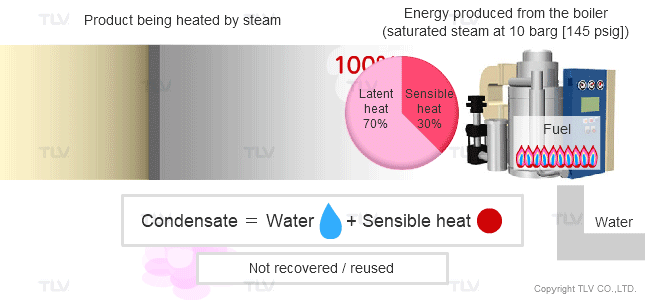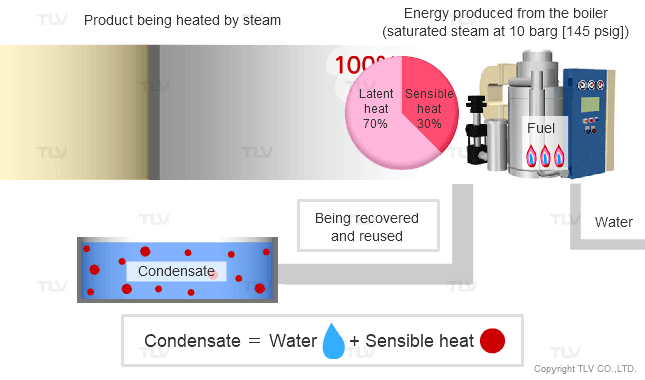- Home
- Steam Resources
- Steam Theory
- Recovering Steam Clouds and Waste Heat
Energy Efficiency
Recovering Steam Clouds and Waste Heat
Steam Clouds: Energy Going to Waste
Clouds of steam vapor are a common sight in some process plants. These clouds are often considered to be an inevitable by-product of steam heating processes. However, in the least sense, steam clouds are an eyesore, and worse they can create a safety issue from subsequent algae growth or freezing of falling water. Vapor clouds can also make a plant hot and unpleasant if vented internally. On top of this, what may be missed is that they constitute potentially valuable heat energy going to waste.
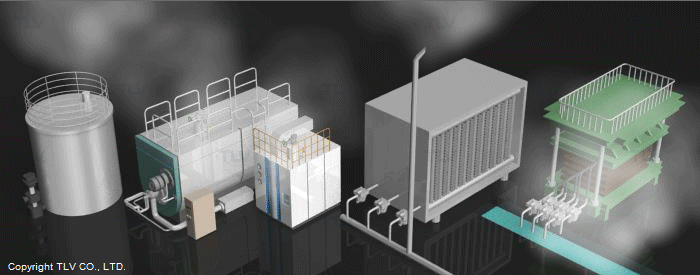
When used in heating processes, steam loses its latent heat energy and condenses. The resultant condensate is usually over 100°C [212°F], and may contain as much as 30% of the heat energy originally held by steam. When flash steam from condensate is vented to atmosphere, this valuable heat energy, much of which can be recoverable, goes to waste.
| If Condensate is Not Collected |
|---|
|
|
| If Condensate is Collected |
|---|
|
|
Some heating processes that use direct steam injection, such as steamers, autoclaves, sterilizers, and rubber vulcanizers, need to release steam from their systems. These vents may provide an opportunity for energy use rather than venting to atmosphere.
By collecting and reusing viable heat from condensate and steam, plants can reduce unwanted steam clouds, save energy, and lower operating costs—all at the same time!
Below are some common examples of steam clouds in steam-using plants.
Steam Vented to Atmosphere from a Condensate Collection Tank
Steam billowing from a condensate collection tank is a sign that although condensate is being properly collected in the tank, excess heat is escaping from the condensate and venting to waste.
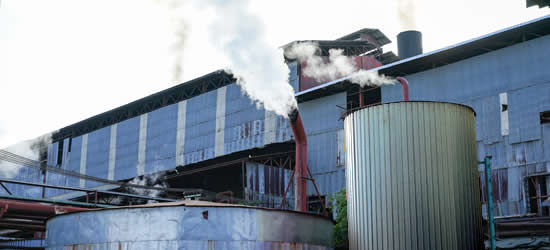
Plants with this problem can implement one of the following countermeasures to make better use of the excess heat energy.
- High Pressure Condensate Recovery
- The condensate can be returned directly to the boiler using a specialized, high pressure condensate pump rather than sent to the feed tank.
- Condensate Recovery Pumps
- Steam Compressor
- The low-pressure flash steam can be pressurized and reused in various processes.
- Steam Compressor
- Steam Condensing Heat Exchanger
- The flash steam can be used in a heat exchanger to heat water.
- Steam Condensing Heat Exchanger
Steam Clouds Emitted from the Boiler
There are some plants where boiler steam must be made even if there is not sufficient use for all of it. In such cases, some of this steam is vented to avoid pressure build-up. Examples include some plants burning wood chips (in the absence of an incinerator).
Whenever such boilers create more steam than is needed for process applications, plant managers should consider using the steam to generate power. This extra power can be used within the plant or sold back to the electric grid.
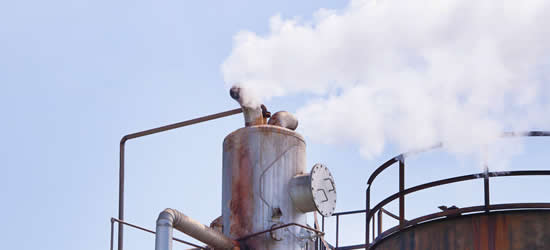
Steam Clouds Billowing from a Vent Pipe
In some steam systems where condensate is recovered, clouds of steam can occasionally be seen billowing from vent pipes acting as flash vessels.
Vent pipes lower the pressure on the outlet end of steam traps, thus enabling condensate to be pumped and traps from other low-pressure equipment to drain into those return lines. Flash steam billowing out of these vents can be collected and reused.
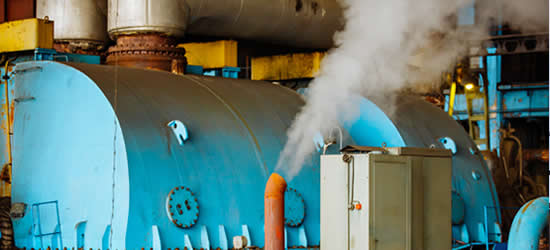
- This flash steam can be pressurized and used in various processes, or sent to a heat exchanger and used to heat feed water.
- Steam Compressor
- Steam Condensing Heat Exchanger
Steam Clouds Emitted from Condensate Drained into a Pit
Perhaps the boiler is too far away, or there is not enough condensate to justify return, or the condensate's pressure level is too low…Whatever the reason, many plants choose to waste condensate and to drain rather than recollect it.
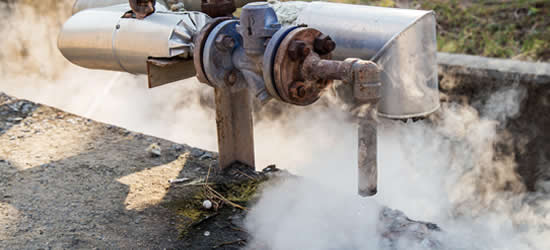
- In many cases, plants can achieve energy savings by routing condensate from processes into a collecting tank to return to the boiler using a pump, or allowing it to flash and then using the resultant steam in a local heat exchanger.
- Condensate Recovery
- Steam Condensing Heat Exchanger
